Introduction In recent years, the shift towards metal roofing in…
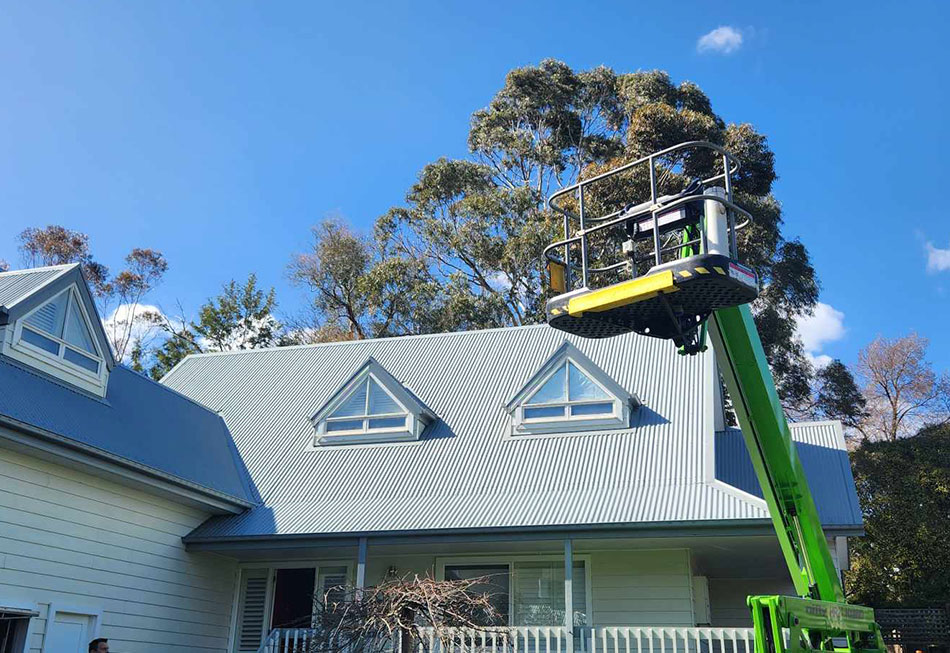
Steep Roof Restoration & Painting: Working on a High Pitch Roof
If you’re like most Australian homeowners, your roof has a pitch between 15 and 22.5 degrees, depending on what it is made of and your roof style. If it is much steeper than this, though, your roof poses a special risk to roofers who need to stand on it for repairs, painting, cleaning or restoration.
At Vivify Roofing, we value the safety of our workers and the satisfaction of our customers. We want you to know that getting professional roof restoration isn’t putting anyone in harm’s way. So in this post, we’re going to show you how we keep our tradies safe while they complete quality work on even the steepest of roofs.
Contents:
- What’s considered a steep roof?
- Common problems with steep roofs
- Working safely on steep roofs
- Steep roof restoration
- Don’t do-it-yourself on steep roofs!
What’s considered a steep roof?
Any roof with a pitch of 28 degrees or more is considered steep and will require special precautions to ensure a safe work environment. Once a roof reaches 35 degrees, it is deemed an “inappropriate surface to stand on” according to SafeWork Australia, and requires even more care.
If you aren’t sure how many degrees your roof is pitched at, you can also determine slope with more conventional measurements. Specifically, you want to measure how high the roof increases in height within a given length. A roof that rises more than six inches per foot of horizontal length should be considered steep and handled accordingly.
Common problems with steep roofs
Steep roofs are sometimes a necessity, and sometimes simply an aesthetic decision. However, they do come with their share of disadvantages. Here are some of the most important to consider.
Roofing material deteriorates with age and often does not perform as it did when it was installed. – Worksafe
Dangerous work environment
SafeWork Australia deems that any situation in which there is danger of falling more than 2 metres is “high risk construction work”. In these situations, their guidelines require the management of such hazards as losing balance, falling off of uncovered edges and tripping over materials. Imagine how much more precaution needs to be taken when you are also accounting for the steepness of the roof.
More expensive maintenance
Because they are more dangerous to work on, steep roofs are also more costly to maintain. Whether that maintenance comes in the form of painting, replacing tiles, power washing or otherwise, the job is likely to require a more careful pace and a more experienced crew. Additionally, safety equipment such as harnesses or even a boom lift may be necessary to complete the job safely, which can further increase the cost of service.
Solar panel incompatibility
Solar panels will usually work fine for most common steep roof pitches. Once you are pushing 40 degrees, though, you may be looking at a reduction in the performance of your panels. There are a lot of factors to consider, such as the latitude of your home (since it affects the angle of the sun). Ultimately, you’ll want to defer to the judgment of your solar panel installer.
Working safely on steep roofs
Because steep roofs present a dangerous work environment, it’s crucial that you rely on a qualified professional to complete your work. Don’t risk a DIY job, and don’t settle for an amateur who may be uninsured and leave you responsible for any accidents that occur.
A professional is going to employ some or all of the following precautions dictated by SafeWork Australia.
Falls from height are the major cause of death and injury when working on roofs. – MBAV
Safe work method statement
Working in high risk conditions legally requires the preparation of a safe work method statement (SWMS). The SWMS will identify how the various risks involved in the work are going to be mitigated. If you are working with a professional company, don’t be shy about confirming that they have an SWMS in place.
Fall prevention devices
As a first line of defense, roofers will employ different strategies and tools to prevent falls from happening in the first place. These could involve anything from temporary guard railings to protect dangerous edges to safety meshes, which are primarily designed to protect workers if they fall through a roof.
Elevated work platforms
Often, when fall prevention devices aren’t an option, roofers will use a boom lift to access the work area. If you aren’t familiar with the term, a boom lift is basically an enclosed platform that can be raised or lowered as needed. They provide much more stability and fall prevention than climbing up and down a ladder or trying to balance on a steep roof.
Work positioning systems
Sometimes, a tradie needs to access parts of the roof that can’t be reached with a boom lift. When guard rails and other fall prevention devices can’t be used as well, the worker may use what is known as a work positioning system. These usually consist of body belts and harnesses that let the roofer use both hands to work while also preventing them from reaching dangerous edges.
Fall-arrest systems
As a final precaution, roofers may use devices that stop or slow falls in the rare case that they do happen. A common example is a catch platform. This is basically scaffolding that is secured with guardrails and positioned close enough to the work area that if a tradie were to fall, they would fall the relatively short distance to the platform. Fall-arrest systems aren’t necessarily designed to prevent all injuries, but they can turn what would otherwise be a fatal fall into a much less serious incident.
How do workers walk on steep roofs?
We have already outlined some of the most important safety considerations for roof work in general. When it comes to particularly steep roofs (more than 35 degrees according to SafeWork Australia), workers need to take even more care.
These roofs are considered unsafe to stand on, even with something like a catch platform in place, so SafeWork Australia requires at least two of the following three safety measures:
- Roofers can work from scaffolding at the roof’s edge rather than standing directly on the roof.
- Roofers can work from a roof ladder, which is typically secured with hooks at the peak of the roof.
- Roofers can use work positioning systems, such as the harnesses described above.
Steep roof restoration
Even steep roofs need tender love and care. Don’t neglect yours just because they are difficult to work with. Putting off cleaning, painting or repairing your roof could reduce its life expectancy. A small cracked tile starts growing mildew, for example, which starts collecting water that slowly seeps into your home.
Hiring a professional steep roofing company in Melbourne will give you peace of mind that your roof is healthy and the tradies are safe. At Vivify Roofing, we can help you with these services and more, regardless of how steep your roof is:
- Roof cleaning
- Roof painting
- Leak identification and repair
- Storm damage repair
- Tile repair and replacement
- Rebedding and repointing
- Gutter replacement
- Complete roof restoration
- Tile to Tin conversions
Steep roof repair
Repairing steep tile roofs can be more or less tricky depending on the scope of the damage. Sealing tiles with minor cracks isn’t too difficult, especially if they are on the edge of the roof and can be accessed without actually getting on top of it.
More extensive roof deterioration, such as loose or broken tiles, is going to require more care. These can present slip hazards to roofers who need to access the middle of the roof, so safety harnesses and similar work positioning systems are likely in order.
Similarly, rebedding or repointing usually involves the tough work of removing the old, worn out mortar. This can be physically demanding, so it’s a job best left to professionals who are trained in modern safe roof work methods.
Painting a steep tile roof
One thing to keep in mind when painting tile roofs is that terracotta tiles are not meant to be painted, only concrete tiles. If your terracotta tiles are looking old and worn out, you probably want to get them replaced rather than painted.
Roof painting typically involves first pressure washing the roof and then applying multiple coats of roof paint with a sprayer. Since the washing and painting processes both require handling high pressure tools, they can be especially dangerous on steep roofs.
As Colorbond or Nexteel have far longer lifespans and warranty periods than tile roofs, a tile to tin conversion may be a better option.
Painting a steep metal roof
The pros at Vivify Roofing have been roof painting Melbourne for years, and we are especially fond of working with COLORBOND steel roofs. Homeowners who want to try a new colour or refresh their worn out paint may worry that their metal roof is too steep for repainting. But, as we’ve already seen, with the proper safety precautions, roofs of any pitch can be worked on safely by trained professionals.
Don’t do-it-yourself on steep roofs!
We always warn homeowners away from DIY roofing, but that warning is doubly true when it comes to working on a steep roof.
SafeWork Australia didn’t put all of these safety requirements in place just to be a hassle. They did it because falls from heights were the second leading cause of construction injuries and the leading cause of construction fatalities.
It’s just not worth the risk. If you need steep roof restoration, repairs, painting or more, call a professional who is equipped to get the job done safely. Call on Vivify!
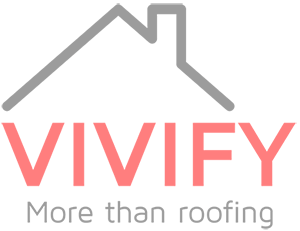
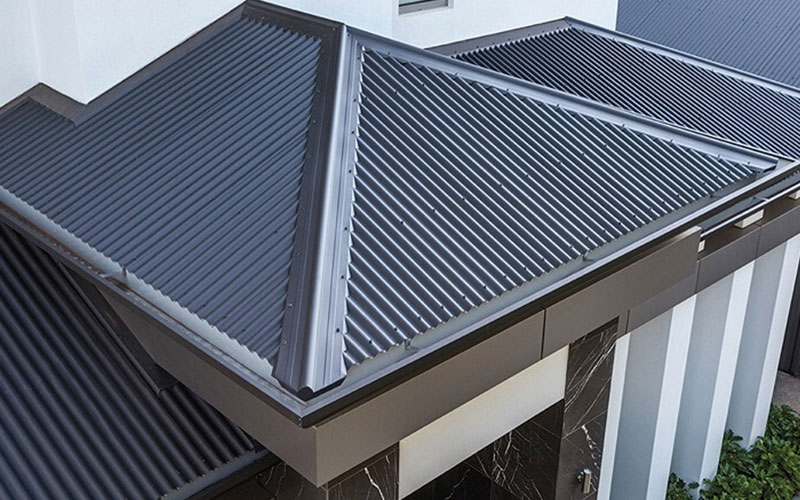
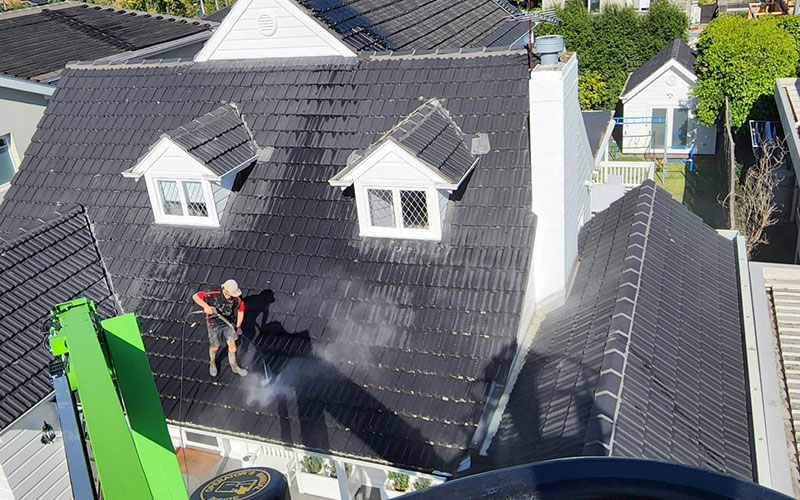
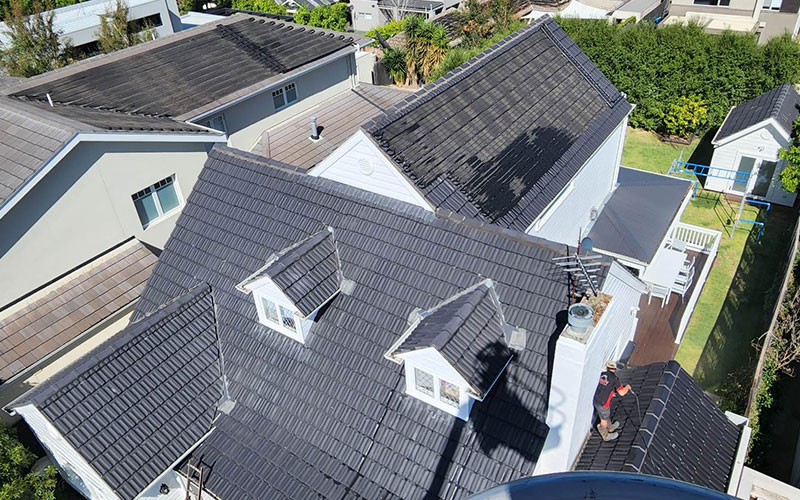
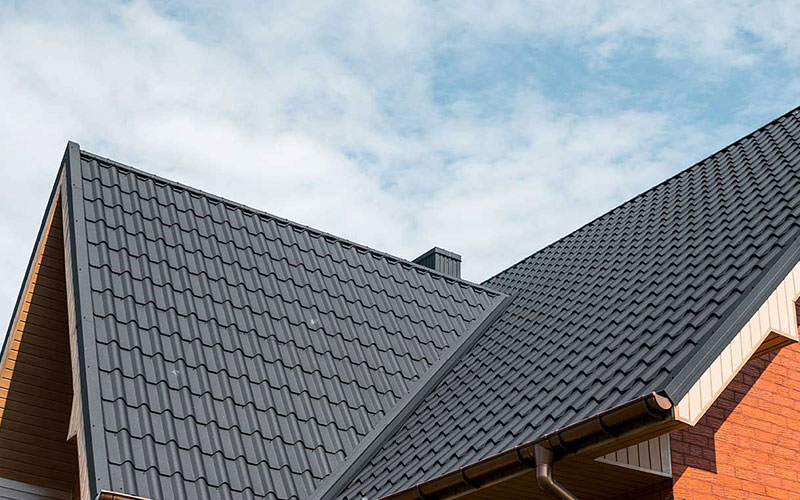
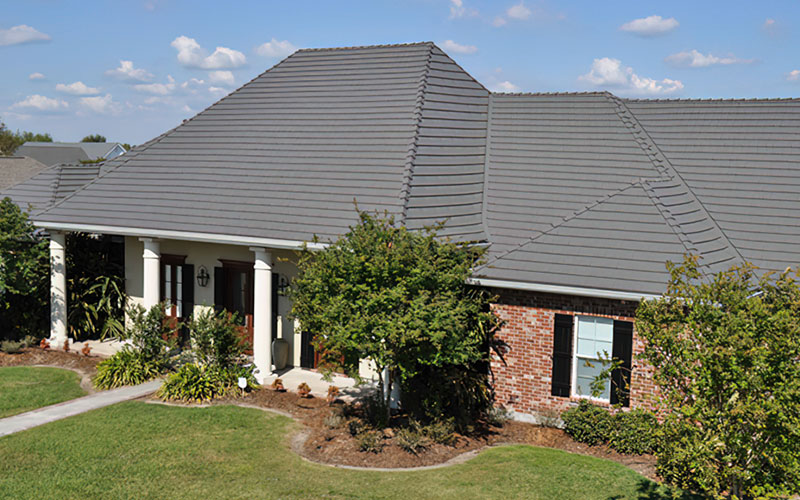
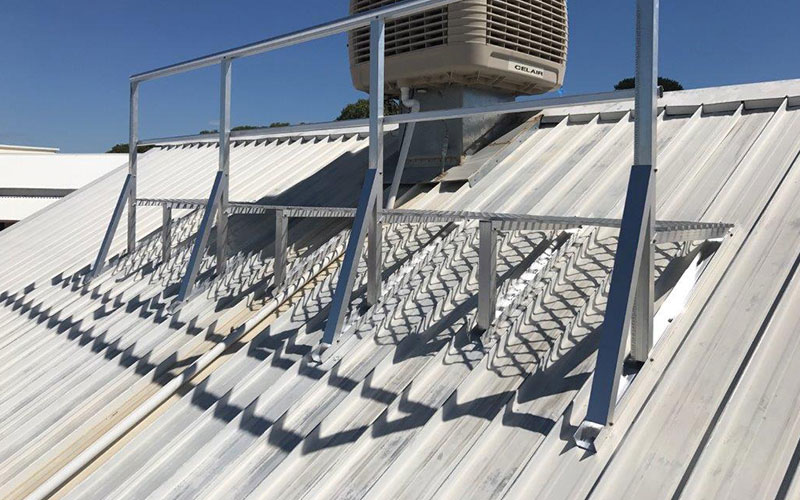
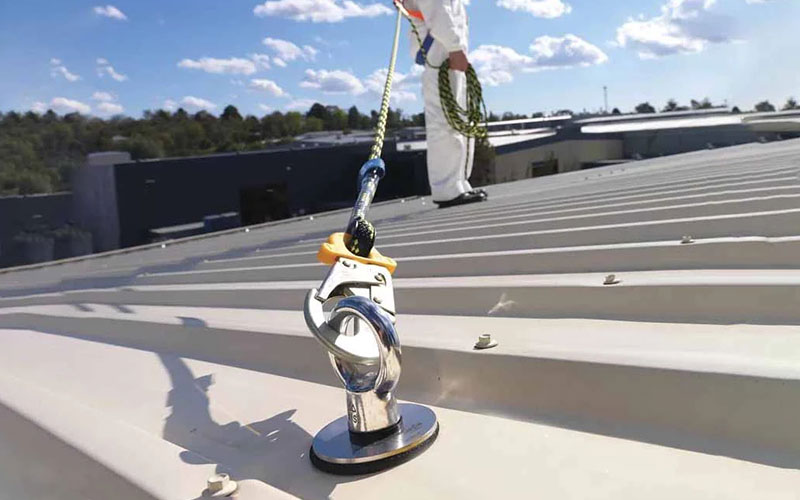
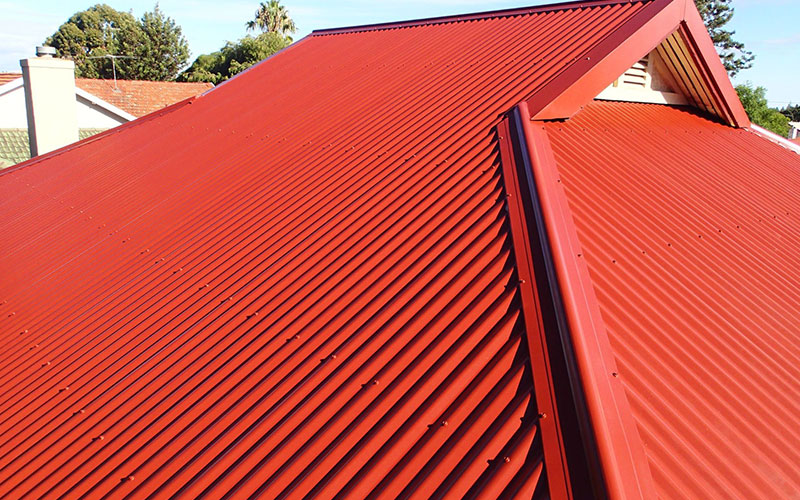
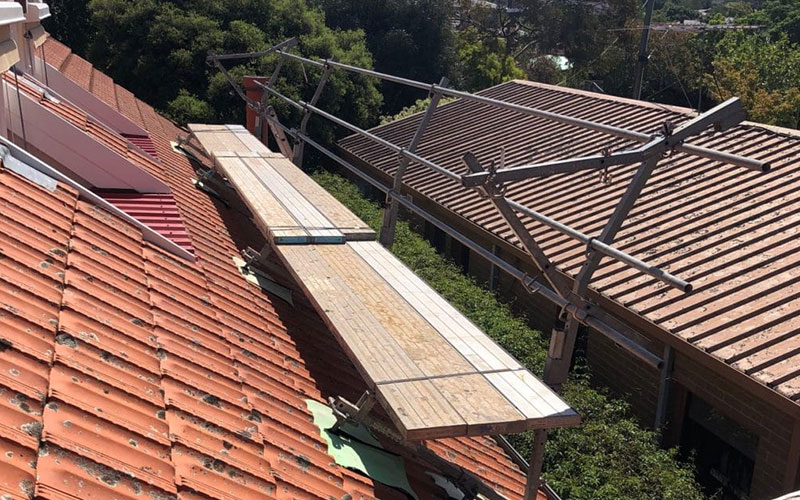
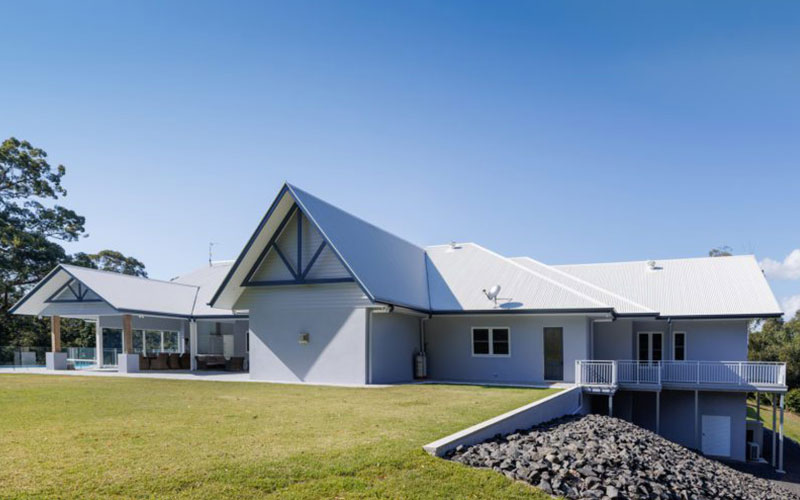
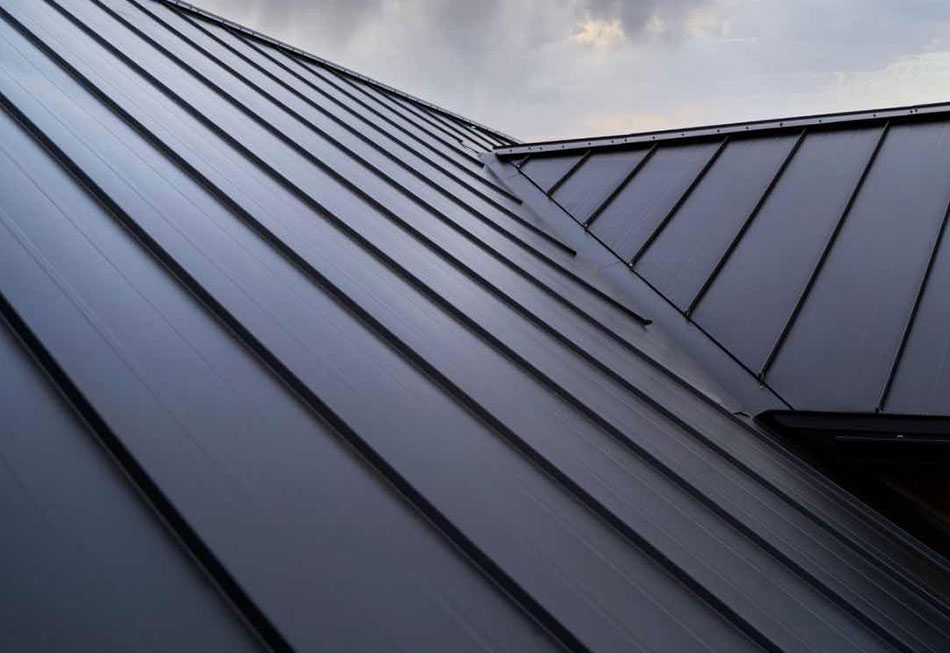
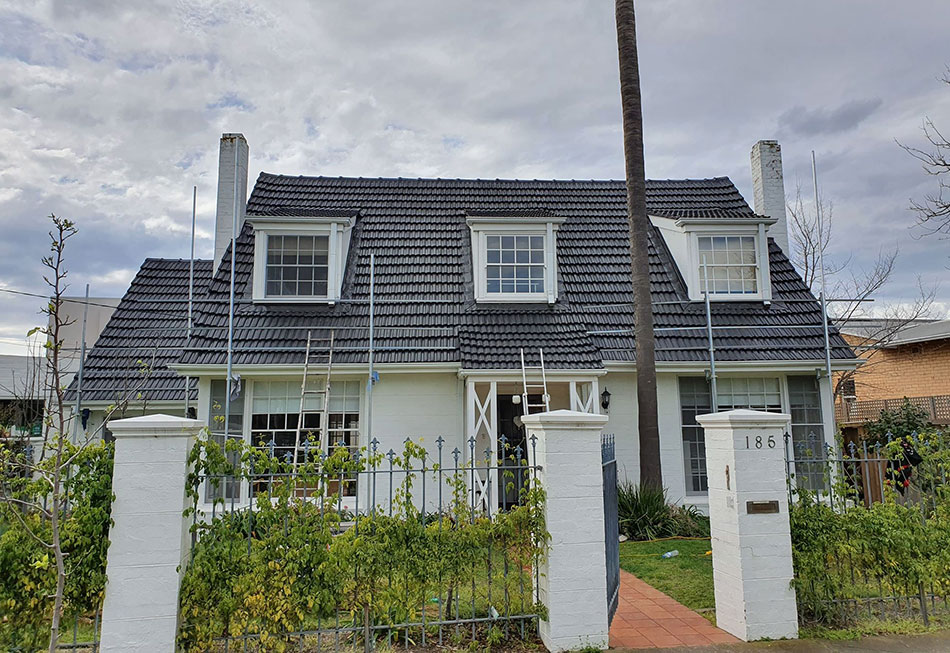
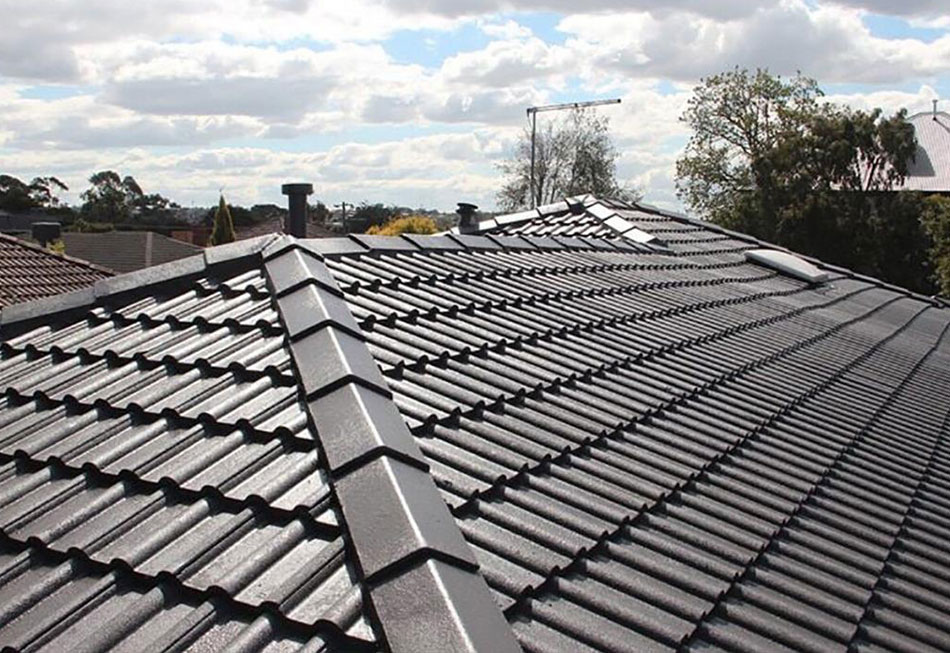

This Post Has 0 Comments